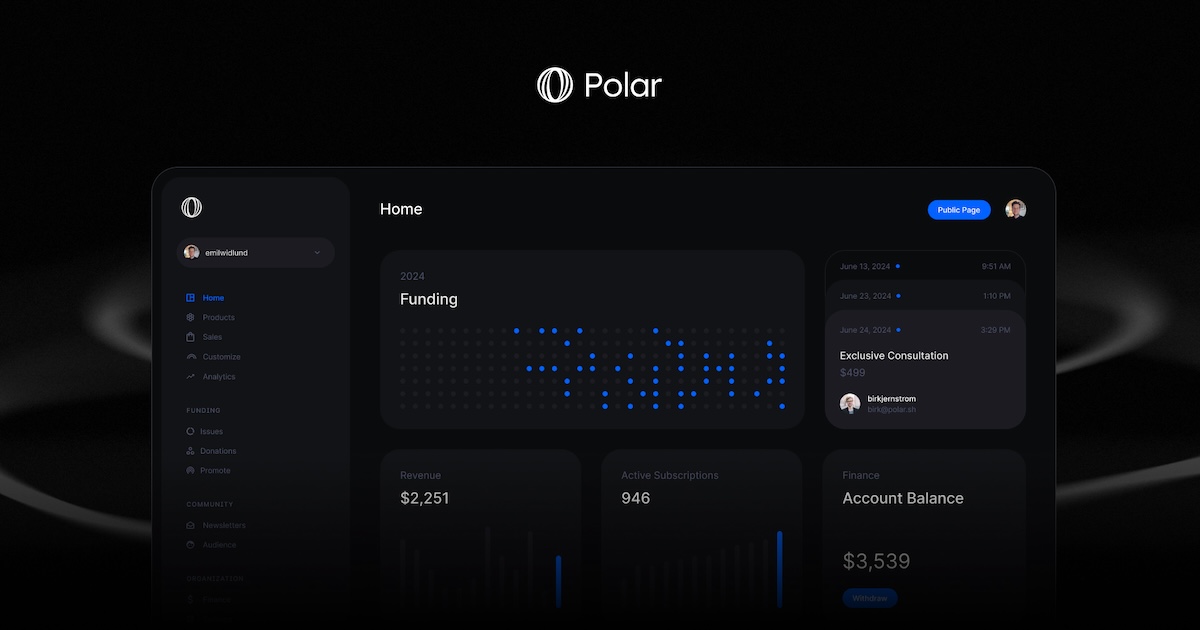Developer Experience Quality of SDKs/adapters, webhooks, and how pleasant it is to integrate and maintain. Weight: 25% | 9.0/10 Developer-first with framework adapters (e.g., Next.js, TypeScript) and a granular, reliable webhook handler. Strong fit for SaaS teams. | 7.0/10 Developer-friendly API plus no-code options, but fewer developer-centric integration details mentioned (no specific framework adapters noted). |
Pricing & Value Total cost at indie scale and the value of included features. Weight: 20% | 7.0/10 Starts at 4% + $0.40 per transaction. Includes MoR and tax handling, usage-based billing, and Stream (Beta). Good value if you need complex SaaS billing and compliance offload. | 8.0/10 Freemium to start and MoR included. Built-in storefront and marketing tools may reduce spend on other apps. Transaction fees apply; monitor margins at volume. |
Setup Time How fast a small team can go from zero to paid transactions. Weight: 20% | 8.0/10 Quick via checkout links and framework adapters. Still assumes some engineering integration. | 9.0/10 Hosted storefronts and checkout overlays minimize engineering. Built-in marketing removes extra tooling during launch. |
Scalability Ability to handle growth, global sales, and evolving pricing models. Weight: 15% | 9.0/10 Usage-based billing, subscriptions, MoR for global tax, reliable webhooks, and financial insights support SaaS scale. | 8.0/10 MoR and usage-based billing support growth. Broad e-commerce feature set, though more oriented to digital products and subscriptions. |
Documentation Quality Clarity and completeness of docs for small teams. Weight: 10% | 8.0/10 Dedicated docs and framework adapters suggest clear, developer-focused guidance. | 7.0/10 Developer-friendly API is mentioned, but limited documentation details are provided here; some learning curve noted. |
Marketing & Growth Features Built-in tools that reduce the need for extra marketing stack. Weight: 5% | 6.0/10 Checkout links and customer management are helpful but no dedicated marketing stack is highlighted. | 9.0/10 Affiliates, discount codes, lead magnets, and Pay What You Want accelerate go-to-market without extra tools. |
Finance & Insights Visibility into revenue, costs, and profitability to guide decisions. Weight: 5% | 8.0/10 Stream provides real-time revenue, cost, and profit tracking (Beta). Valuable for lean teams watching unit economics. | 6.0/10 Core e-commerce metrics expected, but no comparable real-time cost/profit insight is mentioned. |

